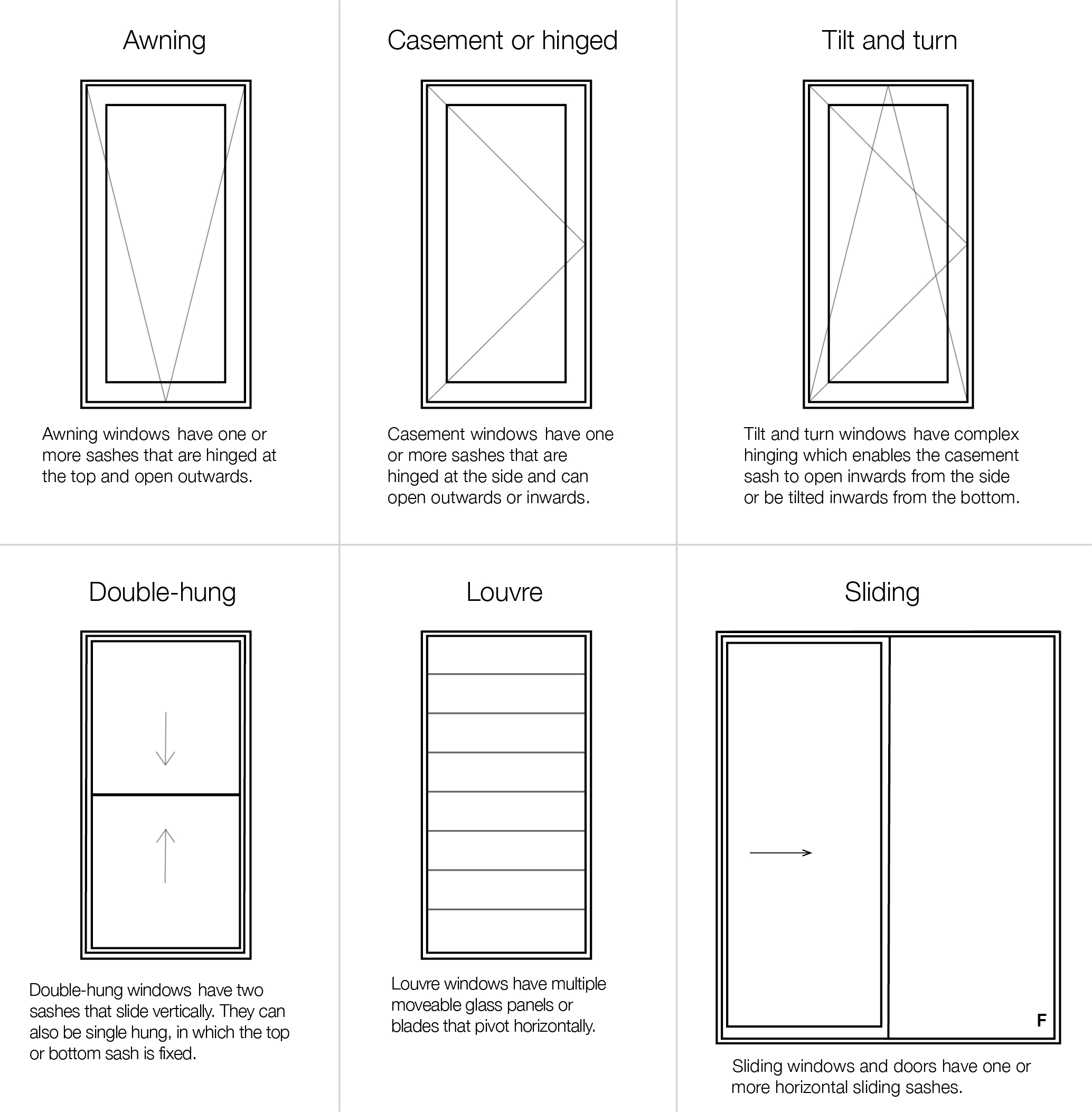All Categories
Featured
Table of Contents
Double Glazing For Warmer Temperature : R/melbourne in Parmelia WA
Glazing merely means the windows in your home, including both openable and set windows, along with doors with glass and skylights. Glazing really just indicates the glass part, however it is typically utilized to refer to all aspects of an assembly including glass, movies, frames and home furnishings. Focusing on all of these elements will help you to attain reliable passive design.

Energy-efficient glazing makes your house more comfortable and drastically minimizes your energy expenses. Nevertheless, unsuitable or improperly created glazing can be a major source of unwanted heat gain in summer and substantial heat loss and condensation in winter. Up to 87% of a house's heating energy can be gained and as much as 40% lost through windows.
Double Glazed Windows Sydney in Westminster WA
Glazing is a significant financial investment in the quality of your house. An initial financial investment in energy-efficient windows, skylights and doors can significantly reduce your annual heating and cooling bill.

This tool compares window choices to a base level aluminium window with 3mm clear glass. Understanding a few of the essential residential or commercial properties of glass will help you to choose the finest glazing for your house. Secret properties of glass Source: Adapted from the Australian Window Association The amount of light that travels through the glazing is called visible light transmittance (VLT) or visible transmittance (VT).
The Surprising Benefits Of Double Glazing In The Summer ... in Helena Valley Perth
The U value for windows (revealed as Uw), describes the conduction of the whole window (glass and frame together). The lower the U value, the higher a window's resistance to heat circulation and the better its insulating worth.
For instance, if your home has 70m2 of glazing with aluminium frames and clear glass with a U value of 6. 2W/m2 C, on a winter's night when it is 15C cooler outside compared with inside, the heat loss through the windows would be: 6. 2 15 70 = 6510W That is comparable to the overall heat output of a large room gas heating unit or a 6.
Does Double Glazing Keep Heat Out in Burswood Perth

If you select a window with half the U worth (3. 1W/m2 C) (for example, double glazing with an argon-filled space and less-conductive frames), you can cut in half the heat loss: 3. 1 15 70 = 3255W The solar heat gain coefficient (SHGC) for windows (expressed as SHGCw) measures how easily heat from direct sunshine streams through a whole window (glass and frame together).
The lower a window's SHGC, the less solar heat it transfers to the house interior. The real SHGC for windows is impacted by the angle that solar radiation strikes the glass.
Plastic Window Frames - Best Plastic Double Glazed ... in Thornlie Perth
When the sun is perpendicular (at 90) to the glass, it has an angle of occurrence of 0 and the window will experience the maximum possible solar heat gain. The SHGC declared by glazing manufacturers is constantly calculated as having a 0 angle of occurrence. As the angle increases, more solar radiation is reflected, and less is transferred.
Latest Posts
Reglazing Single Glazed Windows With Double Glazed Units in Yokine Western Australia
Double Glazed Windows in Wattleup Perth
Why You Need Secondary Glazing In The Summer in Viveash Perth